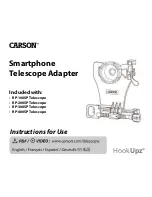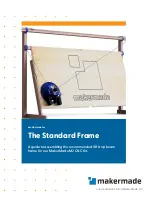
PDF: 4749051511/Source:7788125767
Aptina reserves the right to change products or specifications without notice.
MT9T111_DG - Rev. B 9/10 EN
41
©2007 Aptina Imaging Corporation. All rights reserved.
MT9T111: Developer Guide
JPEG Encoder
Preliminary
JPEG Continuous Stream
JPEG continuous stream goes out only through the parallel output interface, and
supports the following features:
• Adaptive clock switching
• Insertion of Start of Image (SOI) and End of Image (EOI) codes
• Duplicate FV on LV
• Append JPEG status segment at the end of the data stream
When enabled, the pixel clock output can be generated continuously during invalid data
periods (between FV and between LV). In this streaming mode, the amount of valid data
within each line (LV = 1) is variable. When adaptive clock mode is enabled, the pixel
clock is adjusted to lower clock rates, based on the fullness of the output FIFO. Figure 14
through Figure 18 on page 44 are examples of the JPEG stream through the parallel
output interface.
Figure 14 illustrates data output when the pixel clock output is generated continuously
during invalid data periods. LV is of variable length based on data output rate.
In default mode for Rev3 silicon, data transitions on the falling of PIXCLK and the host
must capture data on the rising edge of PIXCLK. The PIXCLK is also configurable and its
polarity can be reversed through the use of R0x3C20 (refer to Table 8 on page 21).
Figure 14:
JPEG Continuous Data Output
Notes:
1. Under default conditions FV and LV are asserted on the falling edge of PIXCLK.
2. Data must be captured by the host on the rising edge of PIXCLK.
Figure 15 illustrates when SOI and EOI codes are inserted in the parallel output inter-
face.
Figure 15:
JPEG SOI and EOI Inserted
FV
LV
PIXCLK
D
OUT
[7:0]
FV
LV
PIXCL
K
D
OUT
[7:0]
SOI
EOI
















































